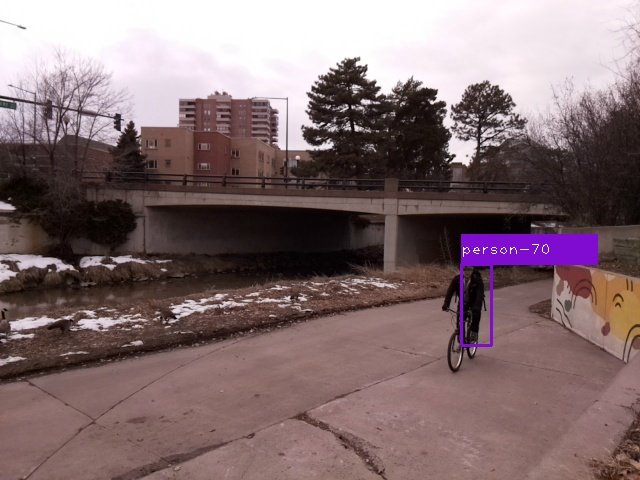What if you build it and they don’t come?
Let’s address the elephant in the room: empty bike lanes and how VAMOS will confront this risk.
The reality is that there’s a lot of underperforming bike infrastructure. In many places, protected bike lanes, neighborhood bikeways, and trails aren’t getting enough use, let alone ushering in a new era of widespread active transportation.
This should serve as a stark warning: if you build it, they won’t necessarily come.
Even Shared Streets, the inspiration for VAMOS, had plenty of room for improvement. Lots of folks used them, but they were nowhere near their full potential.
So what happens if we spend all this time and money building a complete high-comfort rolling network and no one uses it?
VAMOS addresses this first and foremost by defining success by the number of people we’re able to get rolling rather than the number of miles of bike lanes we create. It’s not a win if you build a bazillion miles of bike lanes and people don’t use them.
Source: DOTI website.
Source: DOTI website.
Second, we look at getting tens of thousands of people on bikes as a major innovation challenge, not just an infrastructure challenge. We’re going to have to try a ton of different things to get people of all ages, abilities, and backgrounds to roll. And we’re going to have to carefully measure and be honest about what works and what doesn’t.
Third, we’re working to spend as little time and money as possible to get the first version of VAMOS on the ground; indeed the first version of VAMOS, a complete 400-mile connected network, can be built in a year for about $5 million. (By contrast, the current work on Broadway has taken almost a decade and more than $10 million.)
Some context
Orthodoxy suggests that if you build it they will come. Meaning, if you build bike infrastructure, it will unleash a torrent of pent-up demand.
An oft-parroted survey says that 60% of the population is “Interested But Concerned,” meaning people don’t feel safe biking now but will saddle up just as soon as safe infrastructure arrives on the scene. The implication is that the SUV will stay in the garage just as soon as the work on Broadway is finished. Hah. Right.
That’s not to say we don’t believe high-quality infrastructure is elemental to success. VAMOS is a “complete network first,” meaning that people need to be able to roll anywhere comfortably on Day 1. Even so, it’s entirely possible that a complete network alone won’t mobilize huge numbers of people.
To get people to replace vehicle miles traveled with rolling miles traveled, we need to overcome one of the most ingrained modern human behaviors: that a car is how people get from A to B. For those of us who already prefer the joy of being outside and moving through our community, it’s easy to forget that for most people, the climate control, immersive audio, cushy seats, and perceived safety of a car are the default choice.
Put simply: getting people out of their cars and on bikes, roller skates, and skateboards is incredibly difficult and will probably take more than infrastructure.
What does this innovation effort look like?
The essence of successful innovation and behavior change is lots of dynamic, fast-moving, carefully measured pilot programs based on empathetic listening to what’s deterring people from the desired behavior.
There are many potential pilot programs ranging from how we paint the streets and light up the routes to make them more inviting to cash incentives for rolling to well-funded partnerships with community groups across the city.
We’ll try events, getting local celebrities to roll — Nuggets on bikes, y’all! And we’ll give away thousands of burritos, a remarkably effective technique pioneered by Bike to Work Day. (Have ideas to test? Let us know.)
Make no mistake, constant improvements to the streets will also be a necessity: we have to observe what works and what doesn’t, double down on the good stuff, and fix what doesn’t work.
“In God we trust. All others must bring data.”
Our assumption is that most things don’t work, won’t increase ridership, and, in some cases, may actually have a negative impact. This isn’t cynicism; it’s the cold hard reality of innovation and behavior change.
Accordingly, each effort needs to be incisively measured so we can understand what to continue and build on and what to stop and refactor.
There are two ways to measure: volunteers sitting in lawn chairs with counting sheets and technology. That’s why one of our most important VAMOS projects is to build the technological infrastructure to make it possible to get clear counts of bikes, pedestrians, and cars.
Everyone talks a mean game about data, but vanity metrics — numbers that make you look good, but obfuscate what actually matters — abound. A clear, unambiguous scoreboard showing the number of people using the network is essential to keep everyone focused. Set the right incentives and we bend the probabilities of success in our favor.

















